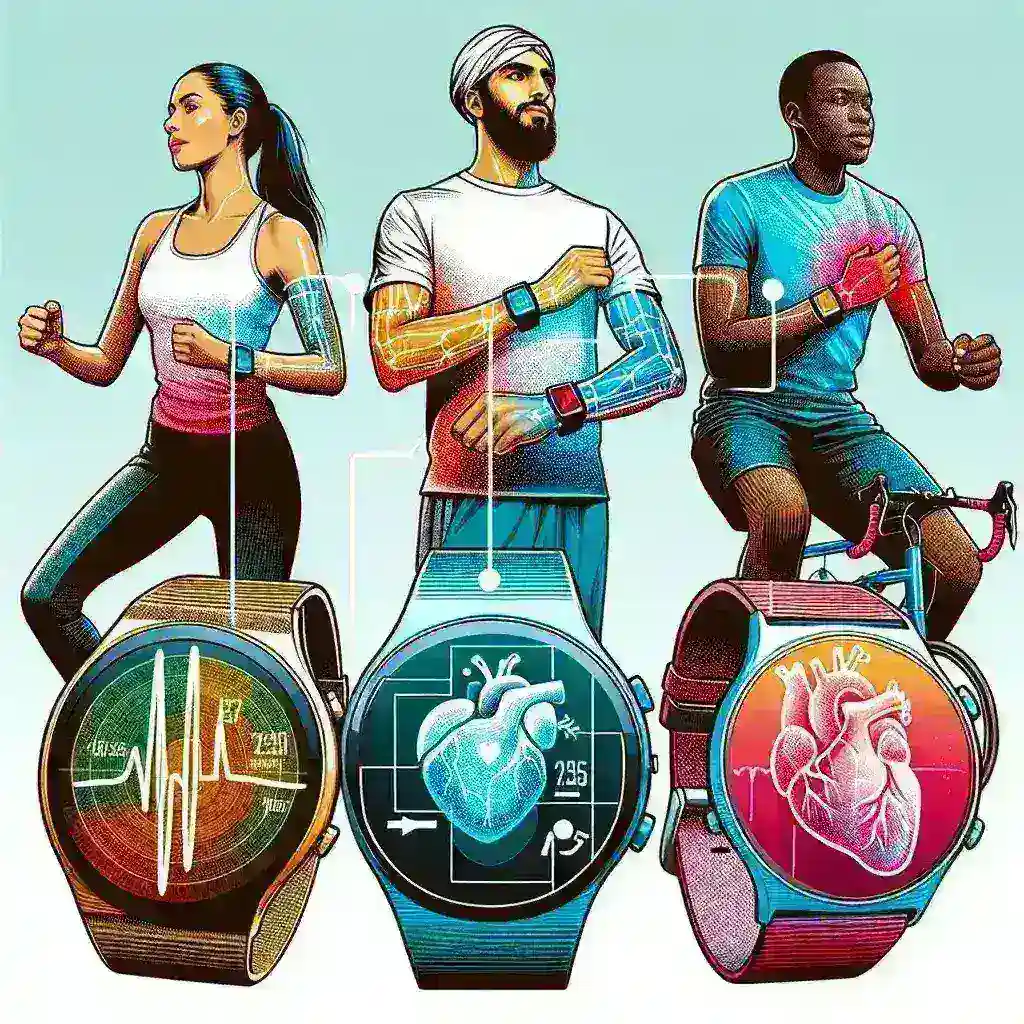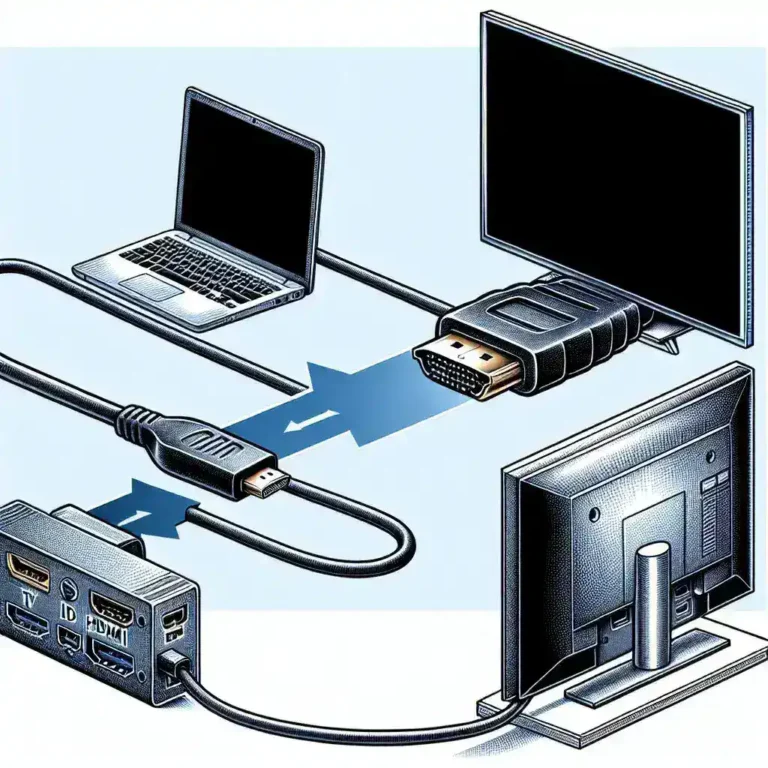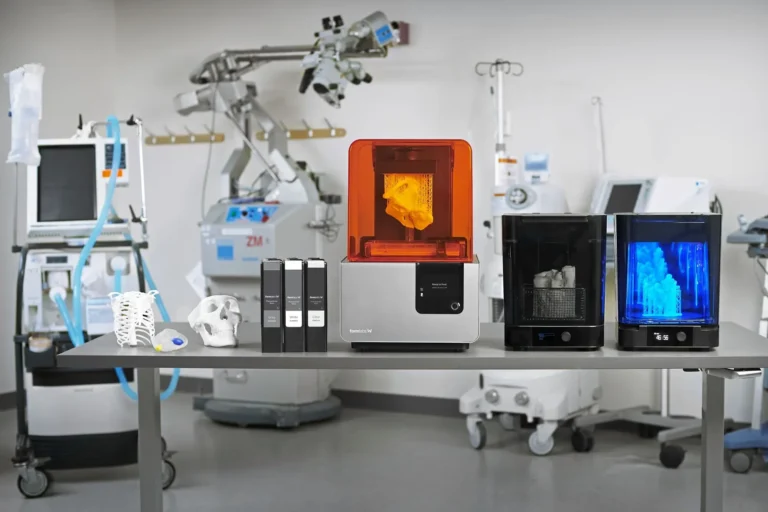Smartwatch Health Features Receive Clinical Validation for Cardiovascular Monitoring
Introduction
In recent years, smartwatches have evolved beyond mere timekeeping devices to become essential tools for health monitoring. With the advent of advanced sensors and algorithms, these wearables now boast features that monitor various aspects of cardiovascular health. A significant milestone has been achieved as several of these features recently received clinical validation, paving the way for wider acceptance in the healthcare community.
The Rise of Smartwatches in Health Monitoring
Smartwatches have witnessed an exponential rise in popularity, driven by consumers’ increasing interest in personal health management. According to a report from Statista, the global smartwatch market is projected to reach over $96 billion by 2027. This growth is largely fueled by the integration of health features such as heart rate monitoring, ECG (electrocardiogram), and blood oxygen saturation levels.
What Are the Health Features?
1. Heart Rate Monitoring
Most smartwatches now come equipped with heart rate monitors that track your pulse throughout the day. This feature allows users to monitor their resting heart rate, as well as their heart rate during exercise, offering insights into their cardiovascular fitness.
2. Electrocardiogram (ECG)
The ECG feature records the electrical signals of the heart and can detect irregular heart rhythms, such as atrial fibrillation. This capability has been significant in empowering users to take proactive steps in managing their heart health.
3. Blood Oxygen Saturation (SpO2)
Many smartwatches now include sensors to measure blood oxygen saturation levels. This feature is particularly valuable for athletes and individuals with respiratory conditions, ensuring they maintain optimal oxygen levels during various activities.
Clinical Validation: What Does It Mean?
Clinical validation refers to the verification of a device’s performance against established medical standards. In the case of smartwatches, recent studies have shown that their health monitoring features can accurately track cardiovascular metrics.
Recent Studies
In a groundbreaking study published in the Journal of the American College of Cardiology, researchers tested various smartwatch ECG functions and found them to be as effective as traditional ECG machines in identifying atrial fibrillation. This validation is crucial as it lends credibility to the information provided by smartwatches, encouraging medical professionals to incorporate them into patient care.
Benefits of Clinical Validation
1. Enhanced Trust
With clinical validation, users gain confidence in the accuracy and reliability of health metrics provided by their smartwatches. This trust can lead to increased usage and engagement with health monitoring.
2. Integration into Healthcare
Clinically validated features can facilitate better integration of wearable technology into healthcare systems. Medical professionals can use these devices as part of their diagnostic tools, potentially improving patient outcomes.
3. Empowering Users
When users have access to accurate health information, they are more likely to take control of their health. This empowerment can lead to preventive actions, reducing the risk of serious cardiovascular conditions.
Challenges Ahead
1. Regulation and Standardization
As smartwatches become more involved in health monitoring, the need for regulatory oversight increases. Establishing standards for accuracy and reliability is crucial to ensure user safety.
2. Data Privacy Concerns
While smartwatches collect valuable health data, privacy concerns are paramount. Users must be assured that their health information is secure and used responsibly.
Future Predictions
1. Increased Adoption by Healthcare Providers
As clinical validation continues to emerge, we can expect more healthcare providers to recommend smartwatches as part of routine health monitoring. This trend could revolutionize how healthcare is delivered.
2. Development of New Features
Innovation will persist in the smartwatch industry, leading to the introduction of more advanced health features. Future devices may monitor additional metrics like blood pressure and glucose levels, further enhancing cardiovascular management.
Real-World Examples
1. Case Study: Atrial Fibrillation Detection
A 45-year-old patient used a smartwatch to monitor their heart rate and received an alert about irregular rhythms. After consulting a physician, they were diagnosed with atrial fibrillation and began treatment, showcasing how smartwatches can facilitate early detection and intervention.
2. Fitness and Recovery Monitoring
Professional athletes are increasingly relying on smartwatches to track their recovery and performance. By monitoring heart rate variability and oxygen saturation, they can tailor their training regimens for optimal results.
Conclusion
The recent clinical validation of smartwatch health features marks a transformative step in personal health monitoring, particularly in cardiovascular care. These advancements not only empower users but also hold the potential to reshape the future of healthcare. As technology continues to evolve, the integration of wearables into everyday health practices will likely become more pronounced, offering unprecedented opportunities for proactive health management.
Final Thoughts
Smartwatches are not just gadgets; they represent a significant shift in how we approach health and wellness. The clinical validation of their health features signifies that we are on the brink of a new era in healthcare, where personal devices become essential allies in maintaining our health.







